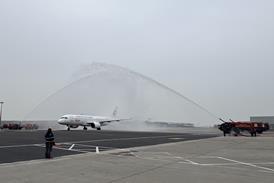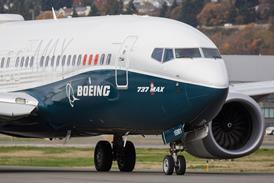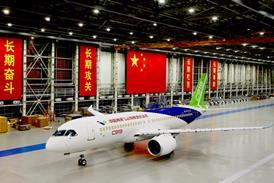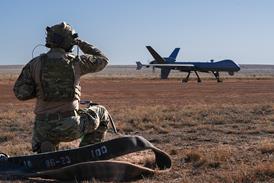Fuel tank inerting has been ruled out by the US Federal Aviation Administration on cost-benefit grounds, despite the huge loss of life caused by the Trans World Airlines Boeing 747 centre-wing fuel tank explosion and the recent destruction of a Thai Airways 737 at Bangkok.
US National Transportation Safety Board (NTSB) acting chairman Carol Carmody says the FAA's report "clearly demonstrates the significant benefits to fuel tank safety-provided by inerting. I am disappointed that their cost-benefit analysis leads them not to recommend inerting systems. The recent destruction of a Boeing 737 in Thailand shows that centre fuel tank explosions continue to occur."
An FAA advisory committee draft report concludes that pumping inert gas, such as nitrogen, into fuel tanks to reduce the potential for explosions would be too costly, but recommends continued research into practical means for fuel tank inerting. The Fuel Tank Inerting Harmonisation Working Group of the Aviation Rulemaking Advisory Committee, comprising airline industry and FAA representatives, concludes: "Fuel tank inerting will take many years to implement and have an enormous operational impact, with costs that far exceed the benefits. However, we strongly recommend ongoing industry and government research of inerting concepts."
Last year the NTSB's longest accident investigation finally concluded that mid-air explosion of TWA 747-100 off Long Island, New York, which killed 230 people, was caused by a centre wing tank explosion. The FAA subsequently issued 40 airworthiness directives on fuel system safety, mostly concerning wiring.
The final report will not be presented until costs are checked, but the final version is expected to retain the draft report's basic recommendations opposing nitrogen inerting for now.
Source: Flight International













































